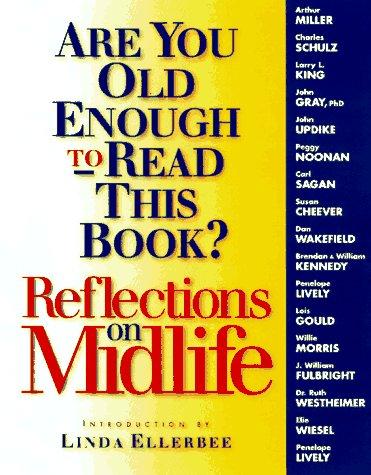Deborah H. DeFord’s *Are You Old Enough to Read This Book?* published in 1984, isn’t your typical “how-to” guide for parents. Instead, it’s a nuanced exploration of children’s literature, diving into the often-fraught territory of age appropriateness and its impact on young readers. DeFord, a noted educator and writer, brings a wealth of practical experience to this subject, having spent years observing children’s reactions to books. This book arrived at a time when discussions around the content of children’s books were becoming more pronounced, mirroring similar debates we continue to have today about media consumption and its influence on young minds. It’s a fascinating dive into what books mean to kids and how we can better guide their literary journeys. Check it out on Amazon.
The Core of DeFord’s Argument
DeFord doesn’t offer a rigid checklist of “right” and “wrong” books. Rather, she encourages a deeper understanding of the developmental stages children go through and how literature can support or hinder their growth at each stage. She argues that age labels on books are too simplistic, often overlooking the vast individual differences in reading ability, emotional maturity, and life experiences of kids. Her approach is centered on the idea that choosing the right book for a child involves a lot more than just looking at the number on the cover.
Practical Guidance, Not Prescriptive Rules
One of the book’s strengths is that it provides parents and educators with a variety of tools and strategies. DeFord offers case studies that show how different children react differently to the same stories. She shows us how these interactions can be an amazing learning experience for kids, but also how certain types of themes and language can be upsetting or confusing to some children. The book isn’t about banning certain books, but more about having an informed and empathetic understanding of children’s emotional and cognitive development. This approach is incredibly empowering to anyone looking to guide young readers.
The Power of Story
DeFord also emphasizes the transformative power of stories. She talks about how stories can help children make sense of the world around them, explore difficult emotions, and develop empathy. She highlights the importance of selecting stories that not only engage children but also help them understand more complex concepts. She stresses that books are more than just entertainment, they’re a crucial part of a child’s overall development, offering unique opportunities for growth and understanding.
It’s hard to ignore how much the book resonated with my own experience as a child. I remember being deeply affected by certain books, some in positive and others in negative ways. As I reflect on my own reading journey, I realize that age labels are just not enough to guide children toward the books that will truly help them. DeFord’s book gave me the language to understand those experiences and a pathway to engage with children in a more thoughtful way. Find more information on Amazon.
Author’s Voice and Writing Style
DeFord’s writing style is clear and accessible, making complex ideas understandable for a broad audience. Her tone is warm and encouraging, never judgmental. She draws on her own experiences as an educator, which adds a layer of authenticity to her advice. The book’s structure is logical, with chapters building on each other, making it an easy and engaging read. Her voice is the voice of a trusted guide, someone who understands both the power and the potential pitfalls of children’s literature.
Organization and Structure
The book is divided into sections that look at various aspects of children’s reading development. She examines picture books, chapter books, and young adult novels, providing specific examples and case studies for each. DeFord’s structure allows the reader to easily navigate and digest complex ideas. Each chapter serves as a standalone piece, but they all come together to form a comprehensive understanding of how to approach reading with children.
Practical Applications
One of the most helpful parts of *Are You Old Enough to Read This Book?* is the focus on practical applications. DeFord provides specific strategies for parents and teachers, such as how to engage children in thoughtful discussions about the books they read, how to select age-appropriate material, and how to be attuned to a child’s emotional responses to a story. This is not just theory; it’s concrete advice that can be used in the real world. See reviews on Amazon.
In our modern world where children are bombarded with media of all kinds, this book is more relevant than ever. DeFord’s approach encourages mindful engagement with children and the stories they encounter. Her advice transcends the specific time in which the book was written and speaks to the timeless question of how we can use literature to help children grow and learn.
Lasting Impact
Ultimately, *Are You Old Enough to Read This Book?* is a book that matters because it pushes readers to think more critically about how children engage with stories. It’s not just about the words on the page; it’s about the context, the child’s emotional readiness, and the way we discuss and process the books together. DeFord’s work encourages us to become more active participants in our children’s reading lives, fostering a love of literature that is both enjoyable and deeply enriching.
I recommend this book to parents, teachers, librarians, and anyone who cares about children’s literature. It’s a valuable resource for anyone looking to better understand how books impact young minds. If you enjoyed this book, you might also like *Reading Magic: Why Reading Aloud to Our Children Will Change Their Lives* by Mem Fox, another insightful book on children’s reading, or *The Read-Aloud Handbook* by Jim Trelease. Both share the same thoughtful approach to engaging young minds with literature. You can purchase the book on Amazon.

